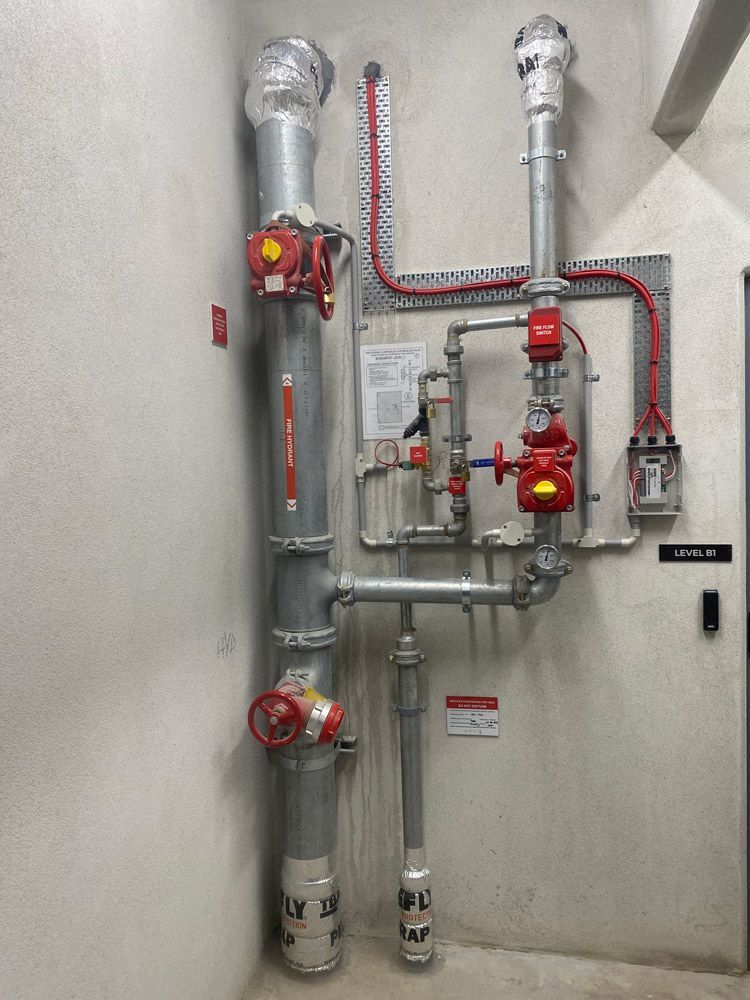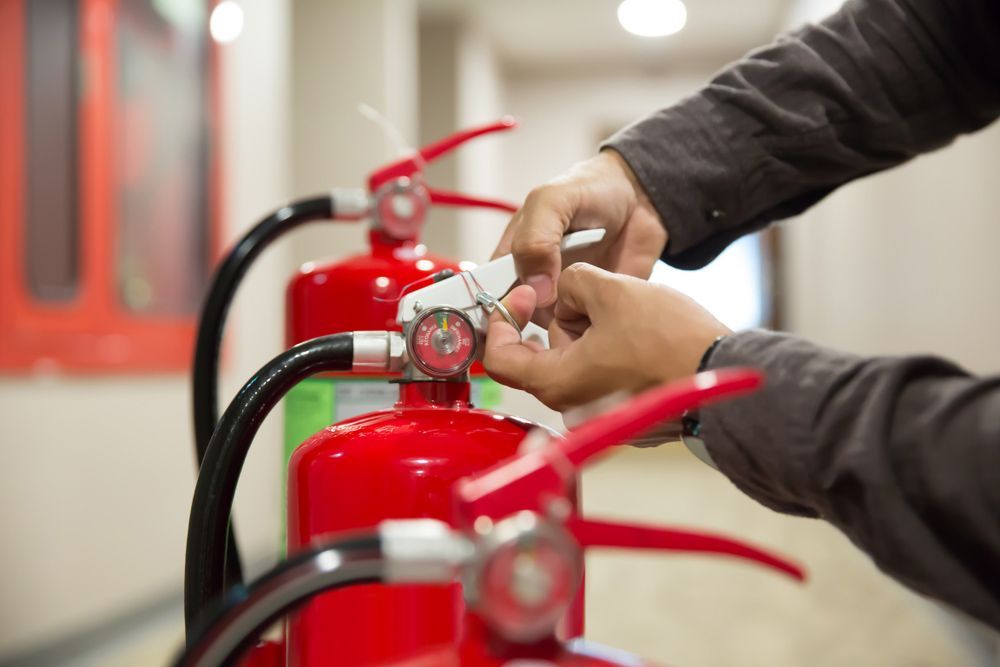What Are The Mechanisms Of Passive Fire Systems?
Author: Pasiv Fire | Date: October 31, 2024
On this page:
Passive fire systems are critical in building fire safety. They contain fire and smoke in specific areas, protect occupants, and minimise damage. Unlike active fire systems like sprinklers or fire extinguishers, passive systems remain stationary, yet they are designed to slow the spread of fire, giving occupants more time to evacuate safely. In this blog post, we’ll delve into the key fire protection mechanisms that make up passive fire systems.
Fire-Resistant Walls & Barriers
Fire-resistant walls and barriers act as a building’s first line of defence, restricting fire to isolated areas. Constructed with durable materials, these barriers create compartments to limit fire progression and allow safe evacuation routes.
- Material Composition: Walls are often made from fire-resistant materials like concrete, gypsum, and steel.
- Purpose: These barriers isolate fire within specific compartments containing flames and heat.
- Additional Protection: Effective in multi-storey buildings, these barriers prevent fire from travelling between floors, a crucial feature in high-rise structures.
Why It’s Important: Fire-resistant walls and barriers control fire spread, protecting the building’s integrity and offering crucial evacuation time for occupants.
Fire Doors & Frames
Fire doors are specially engineered to hold back fire for designated times, usually ranging from 30 to 120 minutes, providing added safety along evacuation paths.
- Materials and Construction: Typically made of steel, timber, or fire-rated glass, fire doors feature heat-activated seals that expand when exposed to fire, blocking smoke and flames.
- Inspection and Maintenance: Regular checks are essential, as any damage or gaps can hinder the door’s ability to contain fire.
Why It’s Important: Fire doors are pivotal in controlling fire and smoke within escape routes, supporting safe and orderly evacuations.
Fire-Resistant Coatings & Cladding
Fire-resistant coatings, like intumescent and cementitious coatings, protect the building’s structure, especially steel, from intense heat by insulating it, thereby extending the structural integrity during a fire.
- Types of Coatings:
- Intumescent Coatings: These expand when exposed to extreme heat, creating an insulating barrier.
- Cementitious Coatings: Form a physical insulating layer around structural elements like steel, resisting high temperatures.
Why It’s Important: Coatings on critical structural elements prevent collapse, offering additional time for evacuation and fire response, making them essential for long-term fire resilience.
Fire & Smoke Dampers
Fire and smoke dampers work within a building’s HVAC system, closing off ducts during a fire to prevent flames and smoke from travelling to other parts of the building.
- Types of Dampers:
- Fire Dampers: Automatically close when high temperatures are detected, sealing off sections within the duct system.
- Smoke Dampers: Respond to the presence of smoke, preventing its spread through ventilation.
- Control Integration: Often integrated with the building’s alarm systems, these dampers provide real-time monitoring for rapid response.
Why It’s Important: By restricting airflow, dampers help maintain air quality and visibility, crucial during evacuation and for firefighters working within the building.
Fire-Resistant Glazing
Fire-resistant glazing combines visibility and protection, creating barriers that resist flames and heat without blocking sight lines. This feature is valuable in buildings requiring visibility, such as schools, hospitals, and office spaces.
- Types of Glazing:
- Insulated Glass Units: Provide thermal insulation, which helps resist fire spread.
- Laminated Glass: Features layers that absorb heat without shattering, enhancing fire containment.
- Application Areas: Fire-resistant glazing, commonly used in doors, windows, and partitions, supports safety without compromising design aesthetics.
Why It’s Important: Fire-resistant glazing supports fire containment and visibility, aiding quick evacuations while minimising fire spread.
Elevate Your Building’s Safety with Passive Fire Systems
Each mechanism in a passive fire system, from walls to glazing, is crucial in containing fire, protecting property, and saving lives. Integrating these systems into your building’s fire protection plan can mean the difference between minor damage and catastrophic loss. For a comprehensive assessment of your building’s passive fire needs, consult us at Pasiv Fire. Strengthen your fire prevention strategy today with a consultation from our specialists.















